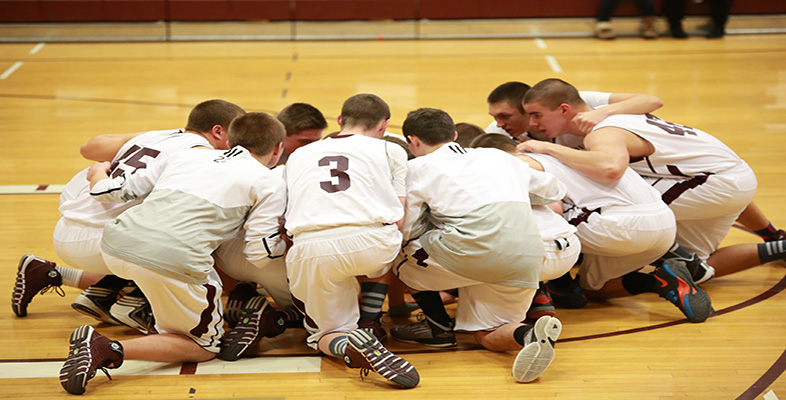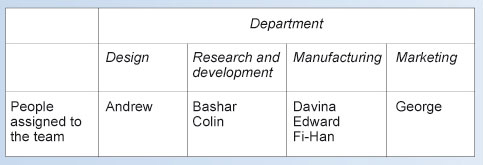1.1 Project teams
A project team consists of a group of people who come together as a distinct organisational unit in order to work on one or more projects. The team is often led by a project manager, although project teams may also be self-managed. There are several commonly accepted types of project team: the functional team, the matrix team and the contract team.
The functional team
A functional team is a team in which work is carried out within a functionally organised group, where people working together carry out the same or similar functions. In organisations where functional divisions are relatively rigid, project work can be handed from one functional team to another in order to complete the work. For example, work on a new product can pass from marketing, which has the idea, to research and development, which sees whether it is technically feasible, then to design and finally to manufacturing. This is sometimes known as ‘baton passing’, following the analogy of a team running a relay race. Needless to say, developing projects using this type of teamwork requires that a manager with oversight of the entire project must ensure that each functional team hands work over to its successor team in such a state that the successor team can carry on with it without undue problems.
The baton-passing technique has been used to hasten product development and reduce time to market by having teams (not necessarily functional teams) distributed in locations around the world. As the working day finishes in one location, so the team’s work is passed on to the next location, where the working day is just beginning.
The matrix team
Matrix structures are often found in project teams. In a matrix team, individual staff report to different managers for different aspects of their work. Staff will be responsible to the project manager for their work on the project, while their functional line manager will be responsible for other aspects of their work, such as training and career development, as well as ‘routine’ tasks. This matrix project structure is represented in Figure 1.
It is important to overcome the problems that staff might have with the dual reporting lines (the ‘two-boss’ problem) because it is possible for a team member to receive conflicting instructions from their functional manager and their project manager. This requires building good interpersonal relationships with the team members and regular, effective communication.
The contract team
A contract team is typically brought in from outside an organisation in order to perform the project work. Here, the responsibility to deliver the project rests very firmly with the project manager. Relationships between the contract team and the client are particularly important in this type of team. A variant of this is the so-called ‘outsourced supply team’, which simply means that the team is physically situated remotely from the project manager, who then encounters the additional problem of ‘managing at a distance’. These teams are becoming increasingly common in a globalised world. Although the concept is simple, time zone, culture and communication issues make this a challenging project to manage.

